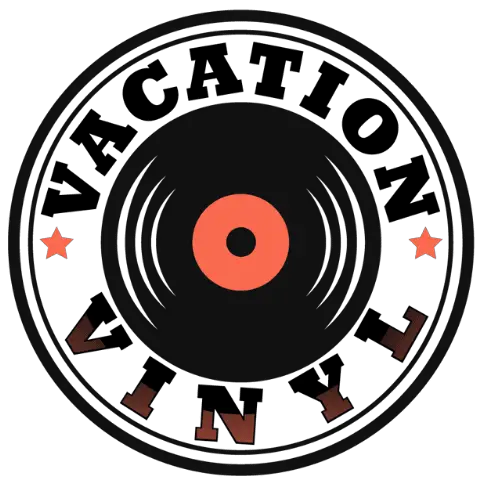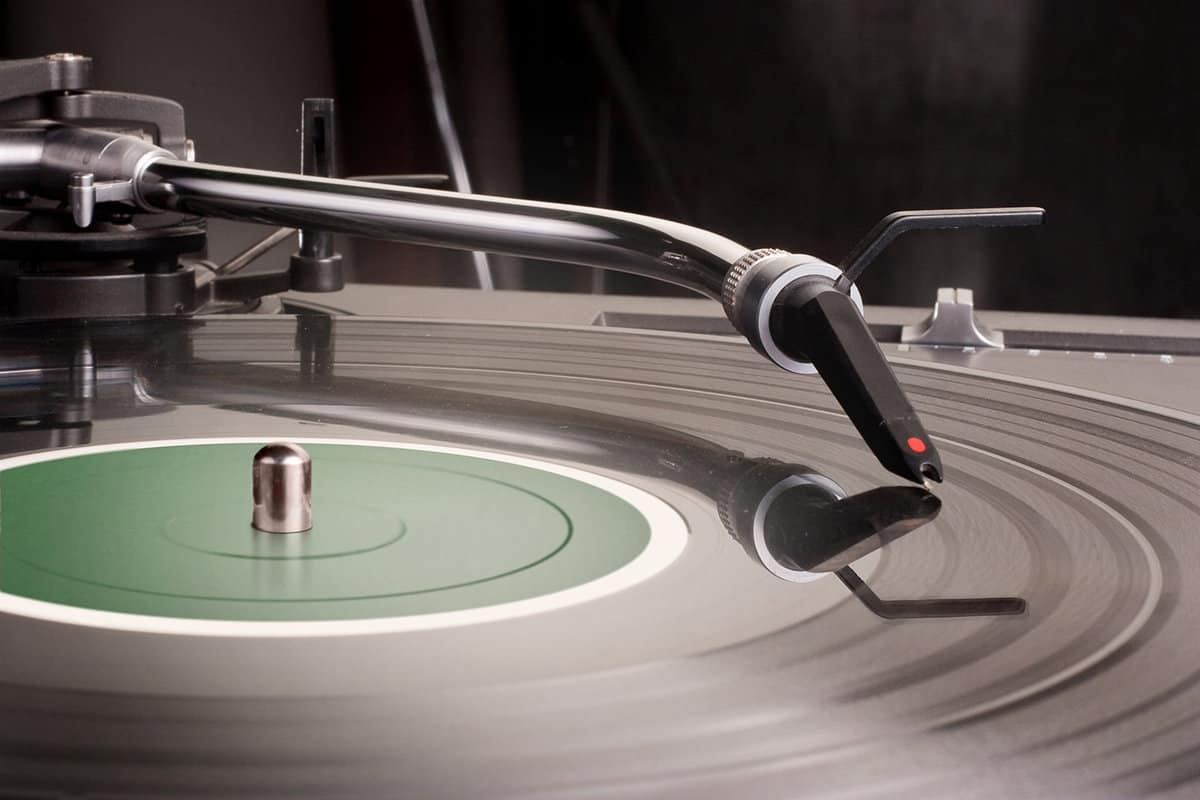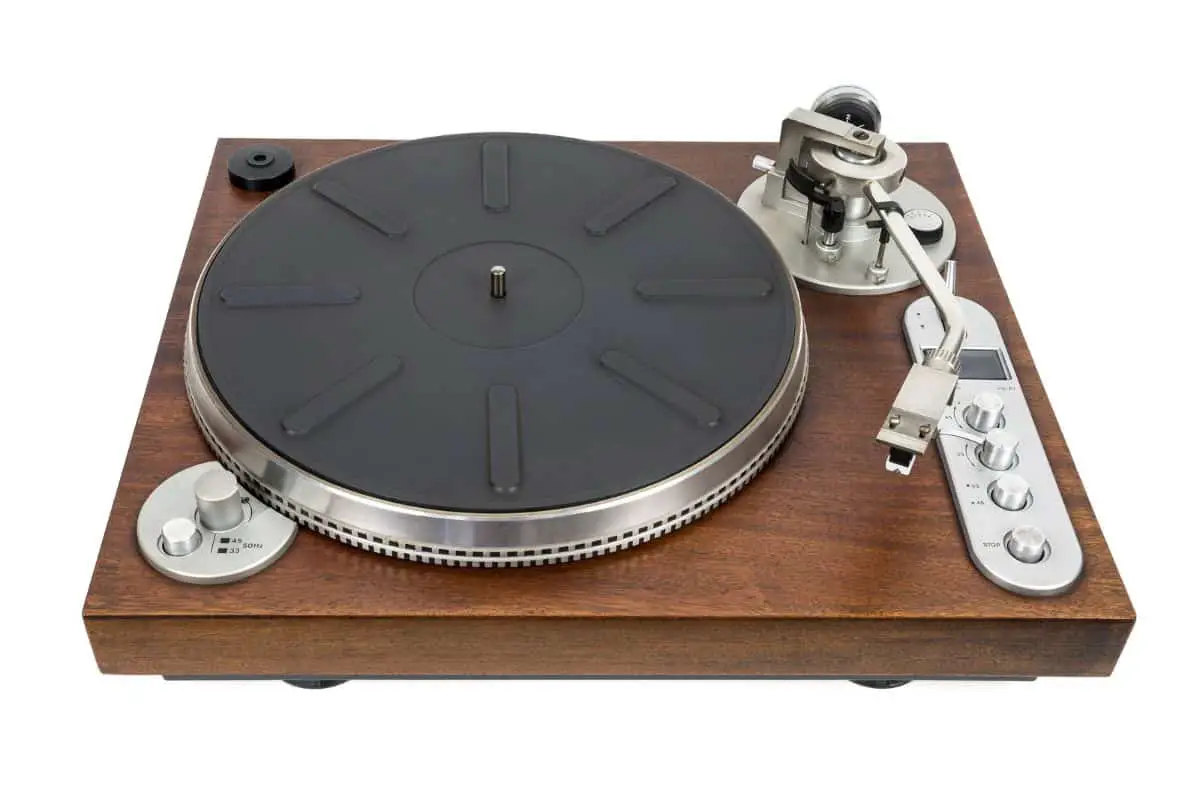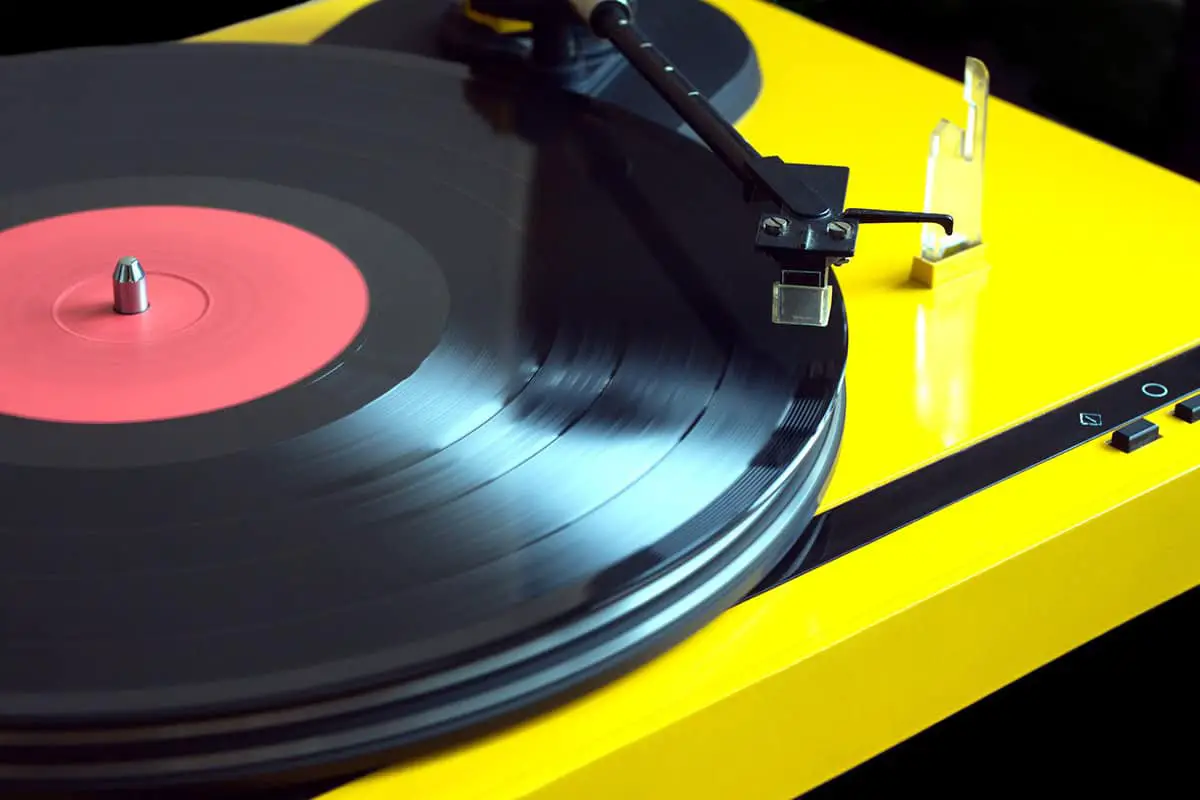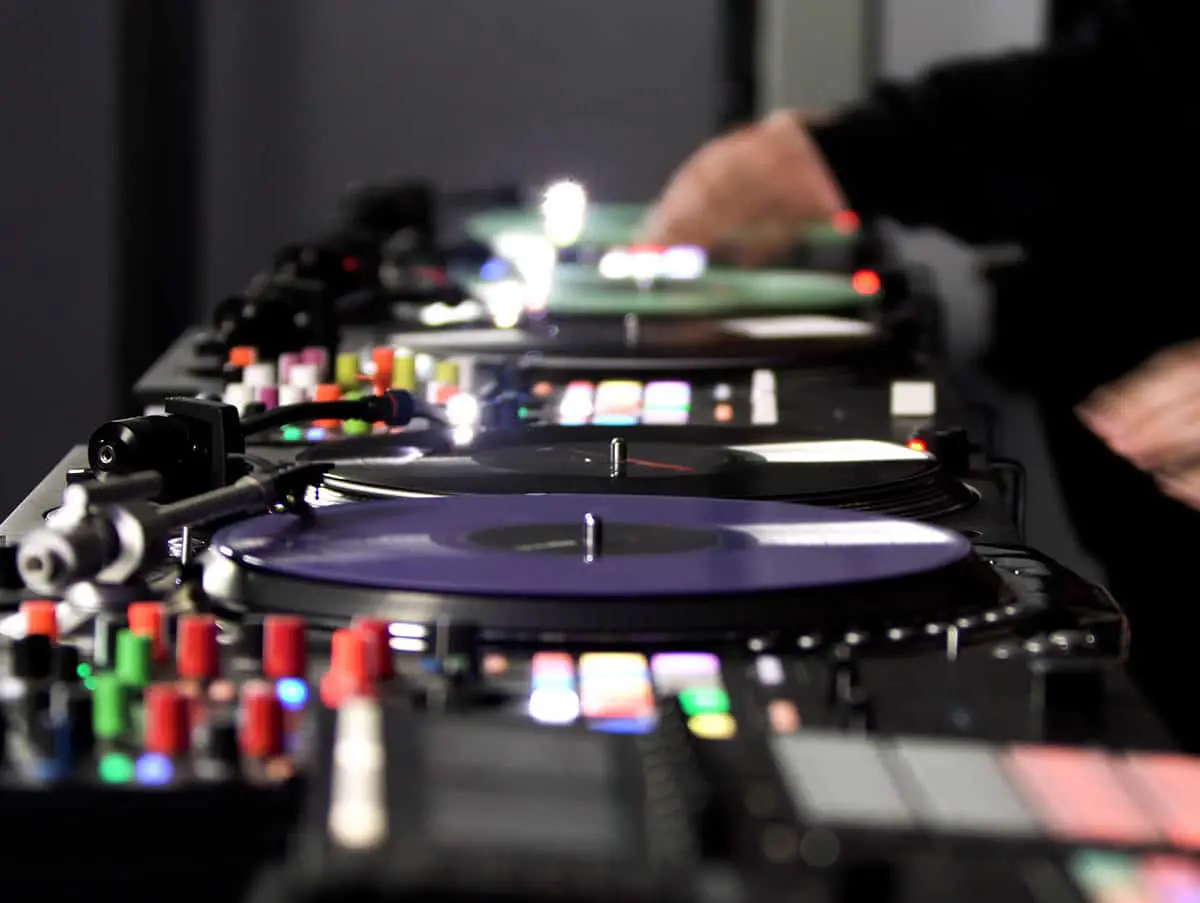This post contains affiliate links.
Turntables have an eclectic history since 1857, but there have only been 4 mechanisms to drive the platter, of which only 2 are common and popular. Both belt drive & direct drive mechanisms have had a fascinating journey over the decades, and it is still difficult to choose between them.
Choose a belt drive turntable if your priority is high fidelity audio playback. Consider a direct drive turntable if you want higher torque and more efficient manual control of the playback. Direct drive is more suited for turntablism, while belt drive is for avid listeners.
Audiophiles have strong preferences, and they often get into heated debates to champion their favored drive mechanism. However, the choice is truly perplexing if you don’t have a preference. This guide explains the theoretical & practical differences of belt drive vs. direct drive turntables.
Table of Contents
How Does a Direct Drive Turntable Work?
In 1857, French inventor Edouard-Leon Scott de Martinville created the phonautograph, the first-ever turntable to record sound, not play it back. In 1877, Thomas Edison created the phonograph, and Alexander Graham Bell made the first graphophone in 1886.
The foundation of modern record players and turntables is Emile Berliner’s gramophone, invented in 1887. The primitive turntables required hand cranking, and a few expensive models ran on a loud motor. In 1898, Eldridge Johnson patented a spring motor to drive gramophones.
Hence, you could say that direct drive was the first sustainable and reliable mechanism to rotate the platter. You may read about direct drive as a much later invention in 1969 by a Panasonic (then Matshusita) engineer named Shuichi Obata, but this is not accurate by any definition.
Eldridge Johnson’s direct drive gramophones were commercially available in the United States as early as the 1900s. Watch the following video at ~1:02, and you will see a direct drive turntable manufactured in 1927.
A direct drive turntable has a simple mechanism. An electric motor inside the plinth and underneath the platter is connected to the spindle through its rotor. As you power it on, the turntable’s motor spins and rotates the platter, depending on your selected settings.
Direct Drive Turntable Pros
Here are the pros of direct drive turntables:
- Faster starts and rotations per minute
- Easier maneuverability like scratching for DJs
- Power-free spinning possible
- Less maintenance due to fewer components
- Highly reliable for turntablism
- Exceptional durability, subject to brand & model
The free-spinning attribute of direct drive motor-operated platters makes them popular among performers. Also, scratching is more convenient with a direct drive turntable because the motor retains the rotation per minute. Furthermore, many artists often need faster RPMs or speeds.
Direct Drive Turntable Cons
Direct drive turntables have only 2 significant downsides:
- Audio quality
- Speed consistency
The latter may not be an issue in premium models, but entry-level or low-quality direct drive turntables may have fluctuating speeds due to the various settings and thus electric signals.
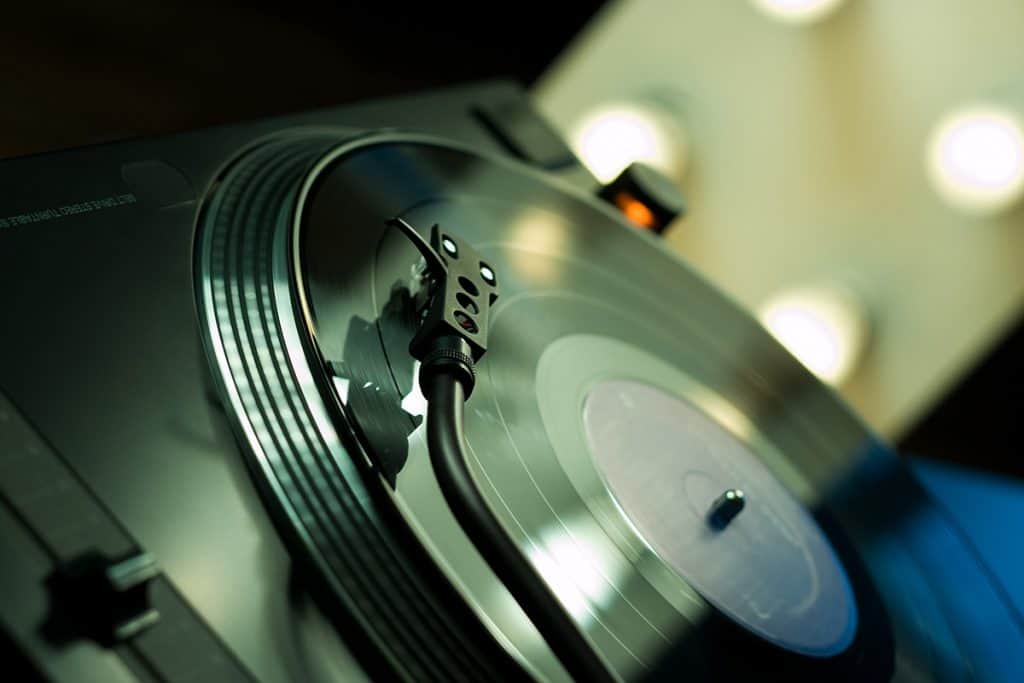
Audio quality should not be a dealbreaker in premium models as the motors are almost quiet and not much vulnerable to external factors causing any distortion or performance issues. However, louder and inefficient motors can have a noticeable impact on audio fidelity.
Also, the vibration affecting the tonearm may be reduced by using a torque generator or another motor. However, you will need to buy a direct drive turntable with such a feature to eliminate the vibration effects on the tonearm and audio fidelity.
How Does a Belt Drive Turntable Work?
A belt drive turntable uses elastic rubber wrapped around the platter to rotate it when you power the device and its motor. Unlike the direct drive mechanism, the motor in a belt drive turntable is not directly under the platter but towards a side inside the plinth.
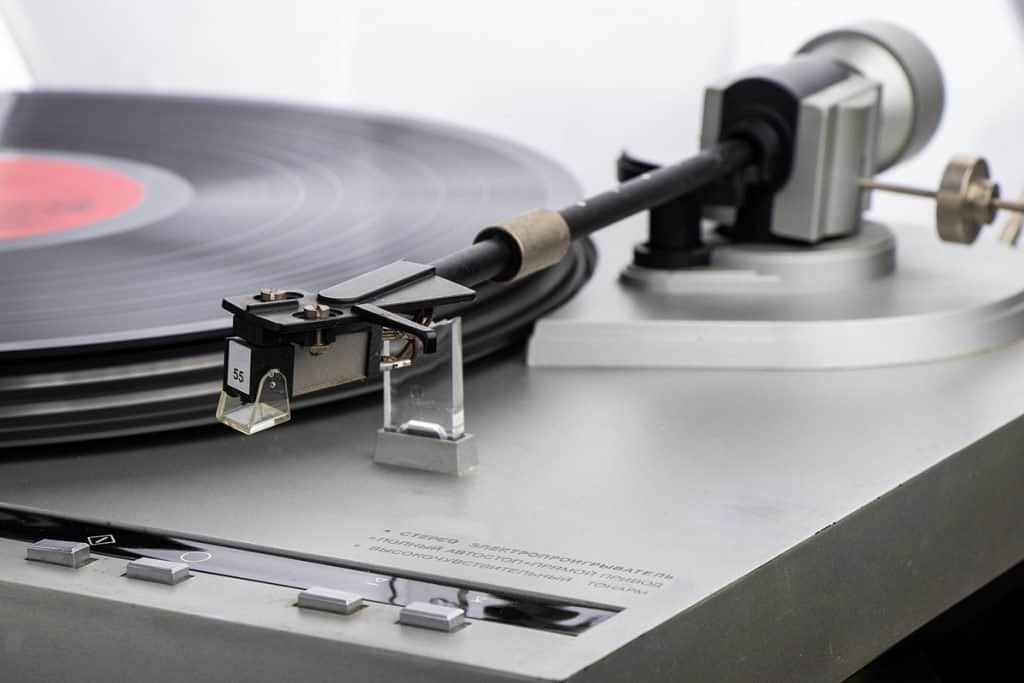
The first belt drive turntable was created by the audio pioneer Edgar Marion Villchur, and it was commercially released in 1961. Since then and the renewed direct drive turntable popularized by many brands, the two mechanisms are at loggerheads, drowning out the idler and flywheels.
The belt drive turntables are not necessarily complicated compared to the direct drive mechanism. However, there is an additional component, the belt, and thus you have to weigh its strengths and weaknesses vis-a-vis the pros and cons of a direct drive motor under the platter.
Belt Drive Turntable Pros
Here are the pros of belt drive turntables:
- High fidelity audio playback due to less vibration
- Consistent speed unless the belt is worn out
- Aesthetic designs and a classic appearance
- More suitable for listening to an audio playback
Belt Drive Turntable Cons
Here are the downsides of belt drive turntables:
- Slower start as the belt attains the requisite speed
- No free spins without power due to the belt’s tension
- Difficult to maneuver during turntablism, such as scratching
- Belt issues: looseness, tightness, wear & tear, damage, etc.
You can spin a belt-driven platter without power, but the elastic rubber’s tension will cause some inconvenience. Also, you may inadvertently cause a bit of wear & tear in the belt. Besides, scratching is not easy due to the omnipresent tension of the belt in such designs.
Belt Drive Turntable vs. Direct Drive – Audio Quality
Direct drive turntables have an inherent challenge due to the vibration caused by electric motors. Since the motor is directly under and connected to the platter, there is a slight vibration and distortion of your playback audio. However, this effect may not be cognizable to all.
A belt drive turntable eliminates this motor-induced vibration and distortion because it is housed away from the platter. Also, the belt is rubber and has some elasticity that can absorb any inevitable vibration caused by the electric motor. Thus, the audio quality is apparently better.
The earliest electric motors used in gramophones were large, heavy, and noisy. The vibration was a serious issue and the audio playback quality suffered as a result. Modern electric motors are much smaller, lighter, and quieter. Thus, you may or may not notice any loss in audio fidelity.
Eventually, the practical difference in audio quality comes down to the particular turntables, their manufacturers, the designs, the deftness of the engineers, and the precision of all components. A poor quality belt drive turntable will distort the audio quality, much like an unsuitable motor.
Furthermore, the drive mechanism is not the only factor in high fidelity sound reproduction or audio playback. Everything from the entire design to the type & quality of materials, cartridge, coil & magnet, stylus, and customizable settings will determine the real-world audio quality.
Belt Drive vs. Direct Drive Turntable – Durability
The only undisputed difference between belt drive and direct drive turntables is durability. Direct drive turntables may last longer because they have one less component that can fail. In other words, there are fewer chances of a part failing in direct drive compared to belt drive turntables.
Both types of turntables have motors, which may fail at some point in time. Also, the stylus, cartridge, coils or magnets, springs, and other parts may suffer from damage in due course. With belt drive turntables, you may have to replace the belt if it is loose, worn out, or damaged.
While a belt can get loose, wear out, and be unusable, a premium-quality turntable should not have this problem any time soon. You can use a belt drive turntable for years, if not decades, before you may need to replace the rubber strap. Also, use & maintenance are decisive factors.
How To Choose a Turntable Drive Mechanism
Consider your priorities and preferences. The direct drive mechanism will be a more practical option if you are into turntablism and intend to reproduce or perform. The belt drive mechanism is better if you are a home user who wants impeccable, high fidelity audio playback.
It is necessary to note a caveat about both these mechanisms. A bad belt will distort the audio, and it will be vulnerable to many external factors, including the turntable’s functioning components, such as:
- Spindle rotation
- Stylus position
- Tonearm
- Cartridge performance
Likewise, a low-cost motor in direct drive turntables can nearly ruin audio fidelity. This problem can also occur in belt drive turntables, as the rubber cannot absorb phenomenal vibration caused by a failing or bad quality motor. Thus, you need a brand & model-specific comparison.
The general practice among DJs and other musicians is to go for a direct drive turntable. Home users and non-performing audiophiles can prefer a belt drive turntable as none of the free-spinning, scratching, and higher torque features will be a concerning issue or shortcoming.
Final Thoughts
Like the belt and direct drive mechanisms, the styli shapes, the cartridges, spindles, and other model-specific features will affect audio fidelity. Besides, every turntable model operates best at its optimum settings. Stressing the drive or using demanding settings will impair durability.
Furthermore, the materials play a significant role. For instance, metal or alloy is heavier than plastic, so a motor must work harder and may be noisier to rotate such platters. Lighter platters are easier for smaller and quieter motors to operate. These aspects matter for all turntables.
Related Articles:
- Are Turntable Belts Universal? Everything You Need to Know
- This Is How Tight A Turntable Belt Should Be
- The Lifespan Of A Turntable Belt
VacationVinyl.com is a participant in the Amazon Services LLC Associates Program, an affiliate advertising program designed to provide a means for sites to earn advertising fees by advertising and linking to Amazon.com. We also participate in other affiliate programs which compensate us for referring traffic.
